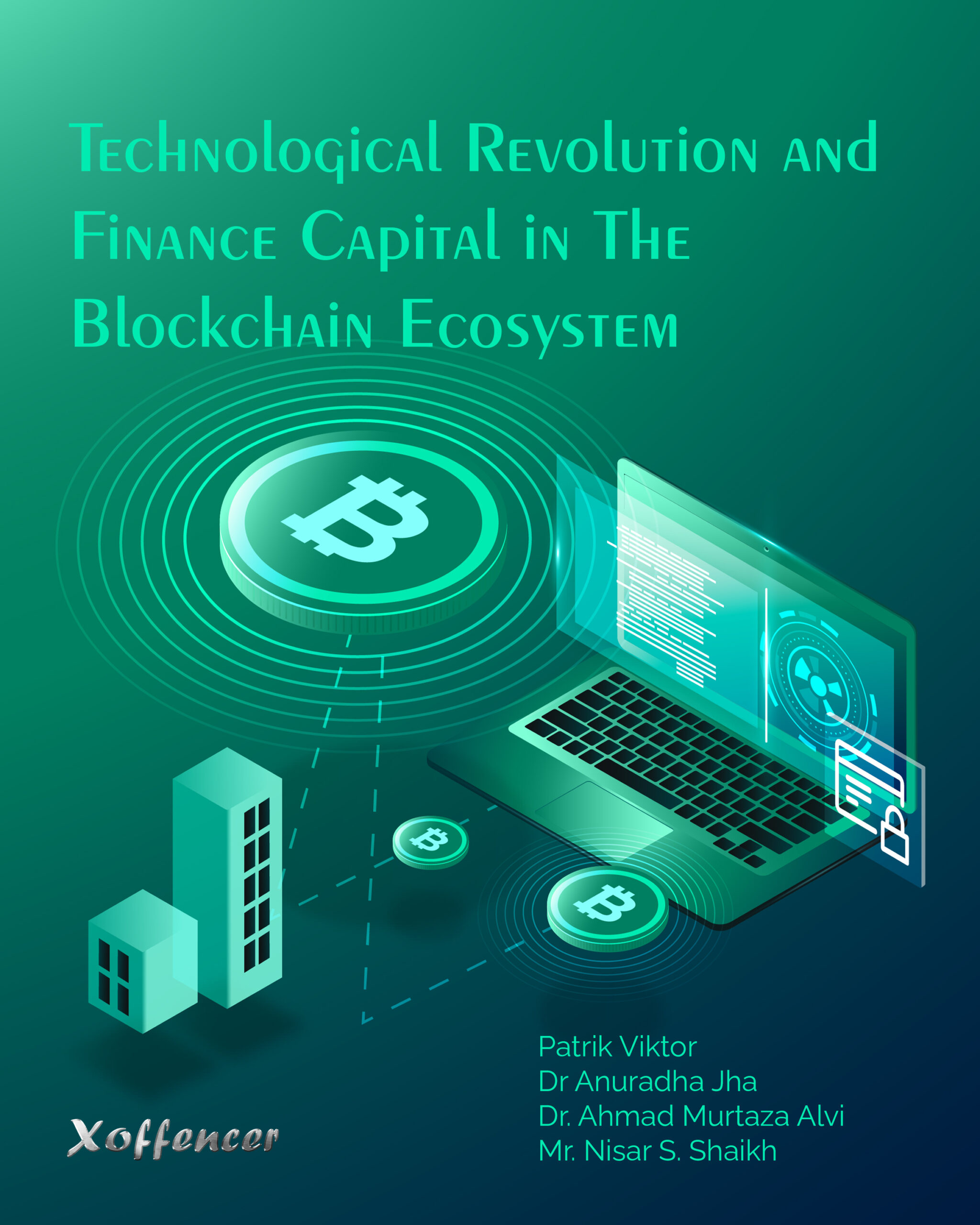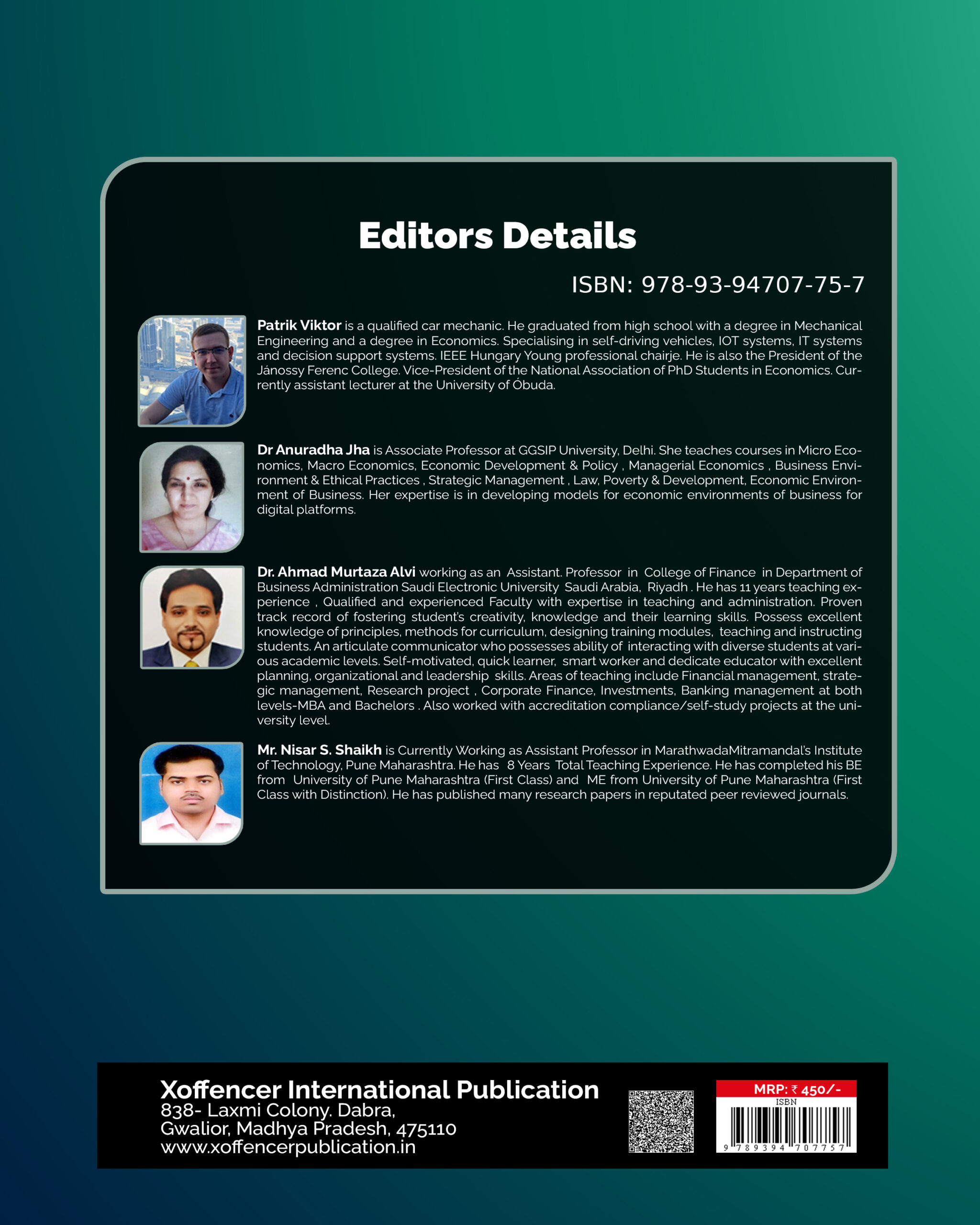Description
Revolutions sometimes seem to be disorderly, yet the events leading up to this one were carefully planned. It was being directed by an unknown individual who went by the moniker Satoshi Nakamoto. This individual’s goals included revolutionizing the way that the financial world functioned. The financial crisis was brought on by a number of different circumstances, but the fundamental financial and accounting instruments that were designed to maintain the robustness of the whole system were too intricate to be used in an efficient way before it was too late. This was the underlying factor that ultimately resulted in the catastrophe. The year 2008 saw the beginning of a decline in trust, the essential component that underpins the operation of all financial institutions. Nonetheless, it was clear that there was a need for self-regulation of trust between counterparties as well as transparency into their capability to enter into any form of sales transaction. The law has been updated to reflect these improvements in order to exclude the possibility of future occurrences of circumstances that are analogous to those that have happened in the past. To put it another way, the counterparty in a financial transaction is the other party to the agreement that is being conducted. To put it another way, it is the method through which a buyer and a seller are matched up with one another. The term “counterparty risk” refers to one of the many risks that are inherent to the process of conducting financial transactions. This risk is referred to the chance that one or both of the parties involved in a contract may not be able to live up to their duties in accordance with the stipulations of the agreement. The failure of the whole system, which was discussed before, may now be understood in terms of the risk provided by counterparties: Both of the parties engaged in the transaction were exposing themselves to a significant level of counterparty risk during the course of the deal, and in the end, none of the parties was able to fulfil their commitments in line with the stipulations of the agreement. If there was a similar transaction circumstance involving many parties, and now imagine that each and every one of the stakeholders in this scenario was a large bank or insurance company that served millions of customers. This is a situation that would be fraught with a great deal of difficulty. During the global financial crisis that began in 2008, this is precisely what took place.













Reviews
There are no reviews yet.